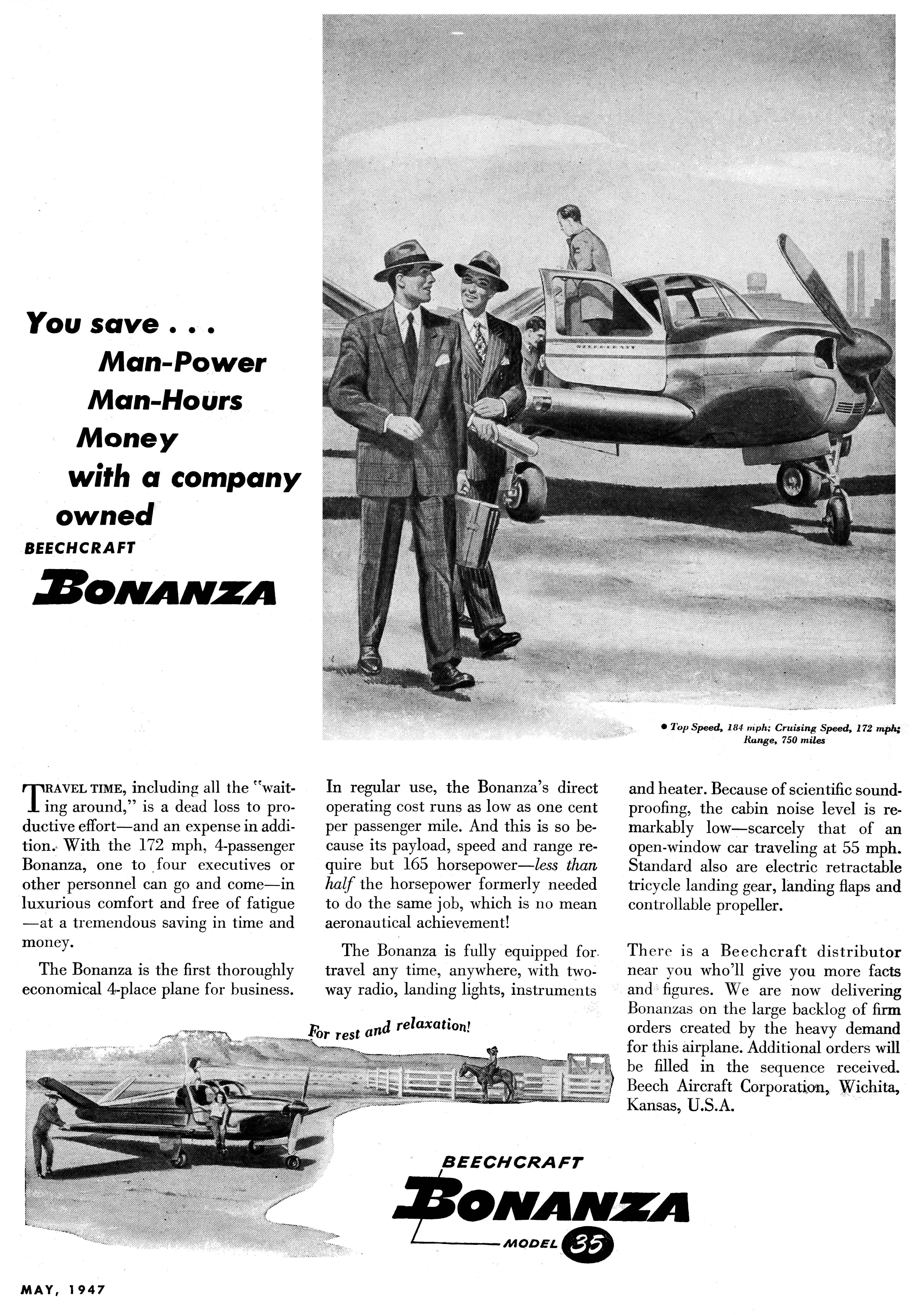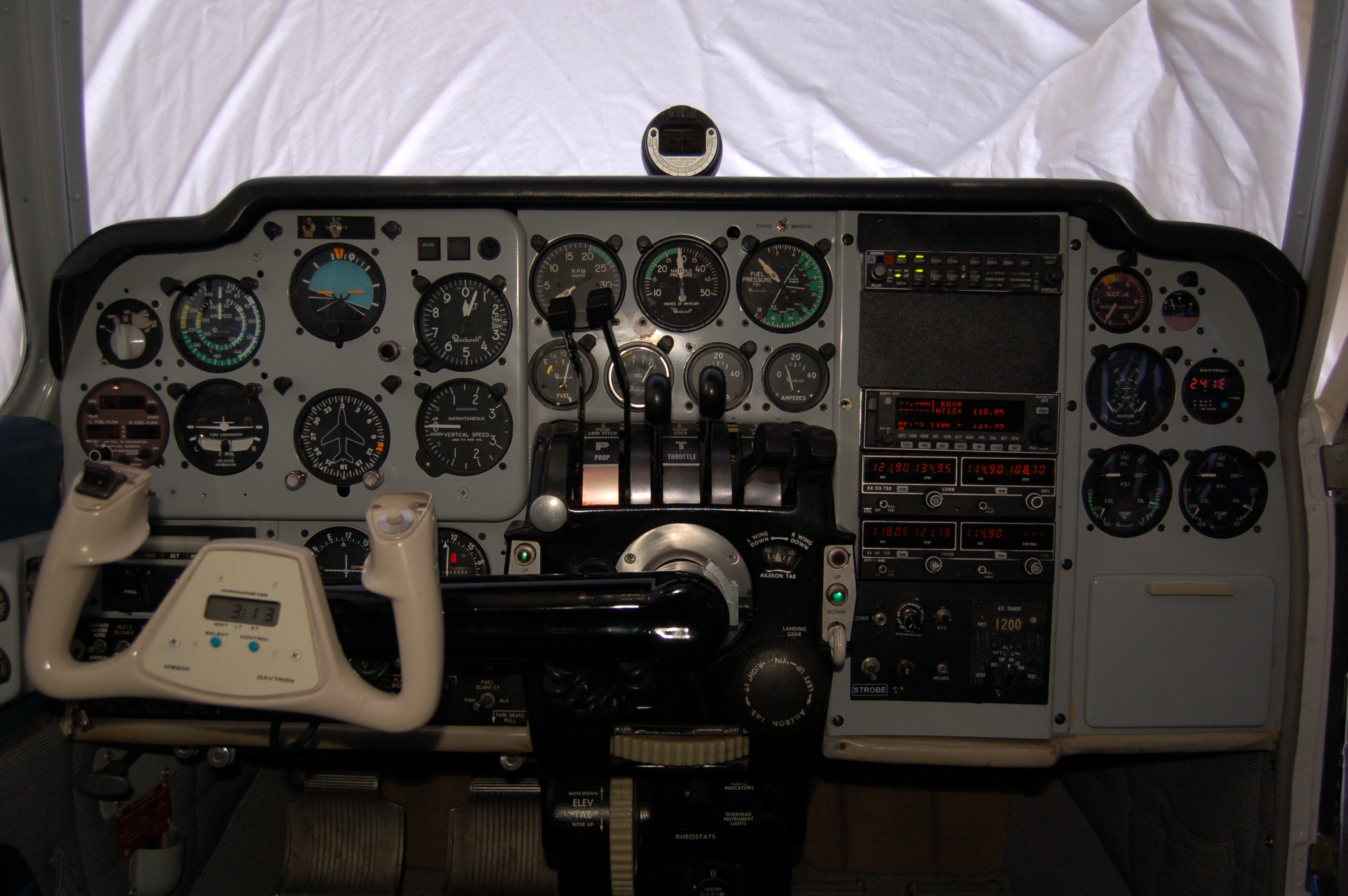|
Aerolíneas Ejecutivas
Aerolíneas Ejecutivas S.A de C.V is an executive travel operator based in Toluca. It operates charter, VIP and air taxi service. At one time, it also held a subsidiary called MexJets. History The airline was established in 1968 as an air taxi operator, originally named Aerotaxis de México and flew with a Learjet 23 and 24 aircraft. In 1980,the airline was renamed as Aerolíneas Ejecutivas and commenced to operate charters and VIP services and during the 90's decade, it continued operating air taxi, VIP and charter services. By 1994 the airline signed a contract with Hawker Beechcraft to buy Beechcraft aircraft, which replaced the Learjets. In 1998 subsidiary MexJets was created. In 2000, it established a Beechcraft Technical Service Center at Toluca. By 2005 the airline signed a contract with Agusta Westland to acquire their products and 2 years later, during 2007, it signed a contract with Enstrom. Fleet Helicopters *AgustaWestland AW109 (both Power and Grand versions) *Ag ... [...More Info...] [...Related Items...] OR: [Wikipedia] [Google] [Baidu] |
Toluca
Toluca , officially Toluca de Lerdo , is the state capital of the State of Mexico as well as the seat of the Municipality of Toluca. With a population of 910,608 as of the 2020 census, Toluca is the fifth most populous city in Mexico. The city forms the core of the Greater Toluca metropolitan area, which with a combined population of 2,347,692 forms the fifth most populous metropolitan area in the country. Located southwest of Mexico City, the city's rapid growth stems largely from its proximity to the capital. Etymology When Toluca was founded by the Matlatzincas, its original name was ''Nepintahihui'' (land of corn). The current name is based on the Náhuatl name for the area when it was renamed by the Aztecs in 1473. The name has its origin in the word ''tollocan'' that comes from the name of the god, ''Tolo'', plus the locative suffix, ''can'', to denote "place of Tolo". It is also referred to in a number of Aztec codices as ''Tolutépetl'', meaning hill of the god, Tol ... [...More Info...] [...Related Items...] OR: [Wikipedia] [Google] [Baidu] |
Enstrom 480
The Enstrom 480 is a small, light helicopter produced by the Enstrom Helicopter Corporation.Apostolo, Giorgio: ''The Illustrated Encyclopedia of Helicopters'', pages 64-65. Bonanza Books, New York, 1984. Design and development In the 1980s the Enstrom Helicopter Company was producing two helicopters, both powered by horizontally-opposed piston engines. When the United States Army revealed a requirement for a turbine-powered training helicopter, the company designed a larger, turbine-powered version of its 280 Shark. The proposed unit was designated TH28 (TH for "training helicopter" derived from the 28(0), since the Army's proposal was NTH, "new training helicopter"). The Army contract effort was not successful, but the company effort looked promising enough that management committed to continue with a commercial version, which was introduced in 1993. Its power was provided by the C20W variant of the Rolls-Royce Model 250 turboshaft engine. Design The 480 fuselage consists of a ... [...More Info...] [...Related Items...] OR: [Wikipedia] [Google] [Baidu] |
Airlines Of Mexico
An airline is a company that provides air transport services for traveling passengers and freight. Airlines use aircraft to supply these services and may form partnerships or alliances with other airlines for codeshare agreements, in which they both offer and operate the same flight. Generally, airline companies are recognized with an air operating certificate or license issued by a governmental aviation body. Airlines may be scheduled or charter operators. The first airline was the German airship company DELAG, founded on November 16, 1909. The four oldest non-airship airlines that still exist are the Netherlands' KLM (1919), Colombia's Avianca (1919), Australia's Qantas (1920) and the Czech Republic's Czech Airlines (1923). Airline ownership has seen a shift from mostly personal ownership until the 1930s to government-ownership of major airlines from the 1940s to 1980s and back to large-scale privatization following the mid-1980s. Since the 1980s, there has also been a ... [...More Info...] [...Related Items...] OR: [Wikipedia] [Google] [Baidu] |
Charter Airlines Of Mexico
A charter is the grant of authority or rights, stating that the granter formally recognizes the prerogative of the recipient to exercise the rights specified. It is implicit that the granter retains superiority (or sovereignty), and that the recipient admits a limited (or inferior) status within the relationship, and it is within that sense that charters were historically granted, and it is that sense which is retained in modern usage of the term. The word entered the English language from the Old French ''charte'', via Latin ''charta'', and ultimately from Greek χάρτης (''khartes'', meaning "layer of papyrus"). It has come to be synonymous with a document that sets out a grant of rights or privileges. Other usages The term is used for a special case (or as an exception) of an institutional charter. A charter school, for example, is one that has different rules, regulations, and statutes from a state school. Charter can be used as a synonym for "hire" or "lease", as i ... [...More Info...] [...Related Items...] OR: [Wikipedia] [Google] [Baidu] |
Hawker 900XP
The Hawker 800 is a mid-size twinjet corporate aircraft. It is a development of the British Aerospace BAe 125, and was assembled by Hawker Beechcraft. Development In April 1981, the British Aerospace board sanctioned the programme to improve the British Aerospace 125-700 series. By May 1983 the new aircraft was ready for its first test flight. The BAe 125-800 series has a number of modifications and changes over the 700, the most noticeable being the redesigned cockpit windscreen. Accompanying this are a modified rear fuselage fairing, as well as a glass cockpit and uprated (from 3,700 to 4,300 lb thrust) Garrett TFE731-5R-1H engines. British Aerospace also improved the wing by incorporating new outer wing sections. This helped to reduce drag and improve aerodynamic efficiency. The 125-800 series would become a sales success. From the first BAe 125 flight in August 1961 it took nineteen years until the 500th airframe was sold. In a little over five years, British Aerospac ... [...More Info...] [...Related Items...] OR: [Wikipedia] [Google] [Baidu] |
Hawker 4000
The Hawker 4000, originally known as the Hawker Horizon, is a super-midsize business jet developed by Hawker Beechcraft (formerly Raytheon Aircraft Company). Development Raytheon announced a new business jet in November 1996 as a larger aircraft than the existing Hawker 1000 that formed the top of Raytheon's jet range. The design, then known as the Hawker Horizon, was intended to fly in 1999, with certification and initial customer deliveries planned for 2001.Jerram 2004, p. 31. The first prototype made its maiden flight on August 11, 2001,Jerram 2004, p. 33. with the second prototype and third prototypes making their maiden flights on May 10 and July 31, 2002.Jerram 2004, p. 35. It made its public debut in November 2002 when a development aircraft was displayed at the National Business Aviation Association (NBAA) convention. As of March 2007 orders totaled more than 130 aircraft, with deliveries scheduled to begin in June 2008. On December 2, 2005 NetJets signed an order for ... [...More Info...] [...Related Items...] OR: [Wikipedia] [Google] [Baidu] |
Hawker 400
The Hawker 400 (also known as the Beechjet 400) is a light business jet. Initially designed and built by Mitsubishi, it has been further developed and updated by the Beech Aircraft Company, now part of Textron Aviation. It was produced over 30 years under the names such as ''Mitsubishi Diamond/Diamond II'', ''Beechjet 400/400A'', and ''Hawker 400XP''; military version ''T-1 Jayhawk'' was also produced. In total, over 900 Hawker 400s have been delivered. Since 2017, a factory-engineered and supported upgrade to Hawker 400XPR is provided, reducing fuel consumption by 16-20%, and improving range by as much as 33%. Design The Hawker 400 is a small, low-winged twin-turbofan aircraft of all metal construction, flown by a crew of two pilots and accommodating eight passengers in a pressurised cabin. Its wings use a computer-designed supercritical airfoil in order to minimise drag. Its two Pratt & Whitney Canada JT15D turbofans are mounted on the rear fuselage. The 400 can fly w ... [...More Info...] [...Related Items...] OR: [Wikipedia] [Google] [Baidu] |
Beechcraft Premier
The Beechcraft Premier I is a light business jet aircraft manufactured by the Beechcraft division of Hawker Beechcraft. The aircraft was designed to compete with the Cessna CitationJet series of aircraft.Airliners.net Premier I page. Retrieved: 23 August 2008. Development Design of the Premier I began early in 1994 under the designation PD-374 (PD for Preliminary Design), and development was authorized to continue early the following year. The aircraft was officially launched at the annual Convention in September 1995 and construction of the first prototype commenced late in 1996.[...More Info...] [...Related Items...] OR: [Wikipedia] [Google] [Baidu] |
Beechcraft Bonanza
The Beechcraft Bonanza is an American general aviation aircraft introduced in 1947 by Beechcraft, Beech Aircraft Corporation of Wichita, Kansas. The six-seater, single-engined aircraft is still being produced by Beechcraft and has been in continuous production longer than any other aircraft in history. More than 17,000 Bonanzas of all variants have been built, produced in both distinctive V-tail and conventional tail configurations; early conventional-tail versions were marketed as the Debonair. Design and development At the end of World War II, two all-metal light aircraft emerged, the Model 35 Bonanza and the Cessna 195, that represented very different approaches to the premium end of the postwar civil-aviation market. With its high-wing, seven-cylinder radial engine, fixed Conventional landing gear, tailwheel undercarriage, and roll-down side windows, the Cessna 195 was a continuation of prewar technology. The Bonanza, however, featured an easier-to-manage, horizontally o ... [...More Info...] [...Related Items...] OR: [Wikipedia] [Google] [Baidu] |
Beechcraft Baron
The Beechcraft Baron is a light twin-engined piston aircraft designed and produced by Beechcraft. The aircraft was introduced in 1961. A low-wing monoplane developed from the Travel Air, it remains in production. Design and development The direct predecessor of the Baron was the Beechcraft 95 Travel Air, which incorporated the fuselage of the Bonanza and the tail control surfaces of the T-34 Mentor military trainer. To create the new airplane, the Travel Air's tail was replaced with that of the Beechcraft Debonair, the engine nacelles were streamlined, six-cylinder engines were added, and the aircraft's name was changed. In 1960, the Piper Aztec was introduced, using two 250 hp Lycoming O-540 engines; Cessna too had improved its 310 with two Continental IO-470 D, producing 260 hp. Meanwhile, Beechcraft's Bonanza had been improved with a Continental IO-470-N. But the answer to competition was to make a true twin-engined variant of the Bonanza. The first mode ... [...More Info...] [...Related Items...] OR: [Wikipedia] [Google] [Baidu] |

.jpg)
.jpg)


_(cropped).jpg)


